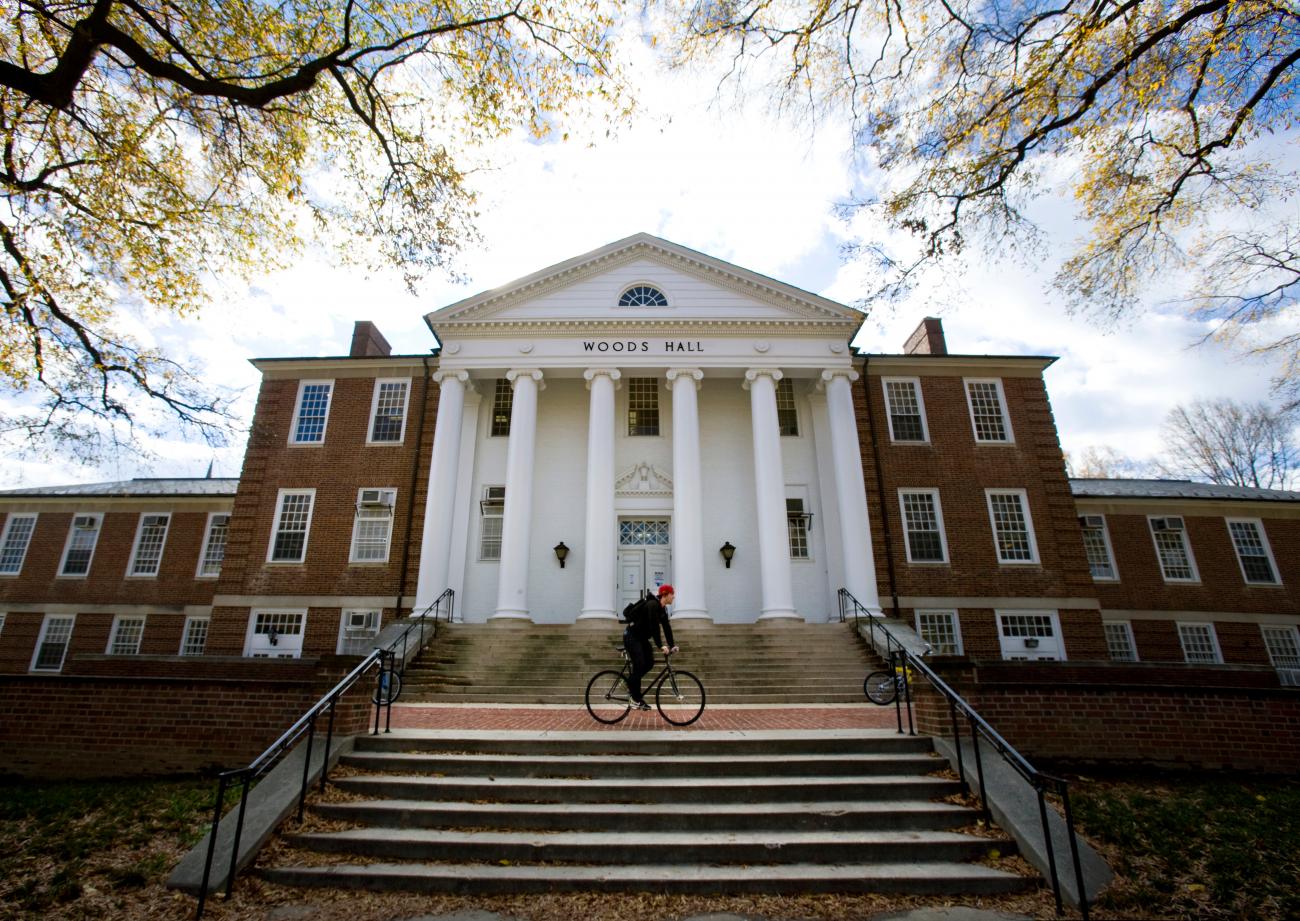The Archaeology in Annapolis (AiA) field school, directed by Dr. Mark P. Leone, Stefan Woehlke, Tracy Jenkins, and Patricia Markert, looked at two sites this summer.
Throughout the six weeks, students learned how to excavate a site, to document what they find, and how to interpret the meaning in artifacts, sites, and landscapes. The first three weeks were spent at a post-Emancipation black tenant farm located on the property of the Smithsonian Environmental Research Center (SERC) in Edgewater, MD. Sarah Janesko, who completed her M.A.A. internship at SERC in the public archaeology program, contributed to the project there. The site afforded the group an opportunity to work with the Smithsonian and its long-term research projects on human-environment interactions. The work at the tenant farm looked in part at land use and subsistence patterns and on the changes in the landscape due to human activities as African Americans navigated Jim Crow capitalism on a former plantation. In addition to excavation, AiA was able to include oral history as part of the field school this year. Trish Markert taught workshops in oral history to the students and led them in interviewing two members of the community associated with the tenant farm at SERC. These interviews helped to better interpret the material culture of the site.
For the second half of the field school, AiA moved to Bethel A.M.E. Church in Easton, MD, where the group picked up on investigations that began last summer. This is their fourth year and third site looking at the history of The Hill, a neighborhood that has been home to a free black community since after the American Revolution. Bethel Church, along with Asbury United Methodist Church, have played integral roles in forming and holding together the community over this span of time and the work at Bethel looks at some of the many uses of the church property over the years to fulfill community needs. The larger Hill Community Project is an initiative begun by local activists interested in preserving the historical and social fabric of the community.
For more information about AiA Field Methods in Archaeology, visit: http://www.aia.umd.edu/anth496.html


